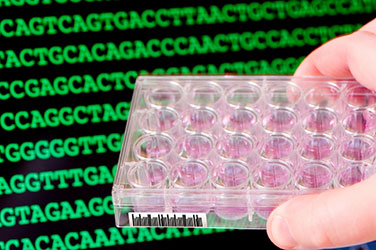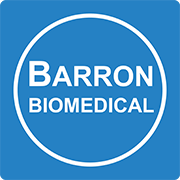Selection of Drugs
Procedure: We analyze fresh, frozen or FFPE samples from solid tumors as well as bone marrow aspirate or blood from hematologic malignancies. DNA and RNA isolation, NGS, bioinformatics processing and variant identification are conducted by trained personnel with commercial systems of demonstrated quality, following our own SOPs and QC tests. For the variant interpretation, a team of experts reviews the biochemical, molecular and cellular consequences of each detected variant, as well as the clinical evidences of the variant effect on response (OS, PFS, etc.). To this purpose, the experts employ several curated biomedical databases, read the scientific literature and interrogate databases of regulatory and medical organizations: US Food and Drug Administration (FDA), European Medicines Agency (EMA), Pharmaceuticals and Medical Devices Agency (PMDA), Health Canada / Santé Canada (HCSC), National Comprehensive Cancer Network (NCCN) and European Society for Medical Oncology (ESMO), Clinical Trials.gov (US NIH).
Results: The procedure indicates before treatment the probability of drug response. For instance, a targeted drug will not be effective if the gene encoding the target harbors a variant reported to destroy the drug-target binding. The clinical evidence is reached if there has been a clinical study demonstrating that patients harboring the variant are non-responders. In the same way, the drug will have a higher probability to be effective if the variant increases the drug-target binding and patients harboring the variant are responders. The integration of all data identifies the prescription drugs, drugs for off-label use and clinical studies suitable for the patient.
Comprehensive Analysis: For this service we employ a large NGS panel, currently for more than 300 genes. These genes encode for proteins controlling the most important mechanisms altered in cancer (proliferation, apoptosis, survival, cell cycle, DNA repair, etc.). Many of these proteins are targets for drugs. In this analysis we integrate the data on all variants into a comprehensive overview of the molecular network highlighting the driver genes and driver mechanisms of the individual cancer. This information allows the design of a strategy to attack the cancer cells at their Achilles heel.


Low- and middle-throughput technologies
Low- and middle-throughput technologies are for instance qPCR, IHC and FISH. These technologies are employed for biomarker research or as approved assays (In-vitro diagnostics) for the determination of biomarkers in routine clinical diagnostics.

High-throughput DNA technologies
High-throughput DNA technologies are for instance microarray hybridization and Next Generation Sequencing (NGS). These technologies generate data, which are processed by bioinformatics resulting in DNA sequences useful as biomarkers. For instance a gene variant rendering the encoding protein a target for drugs.
